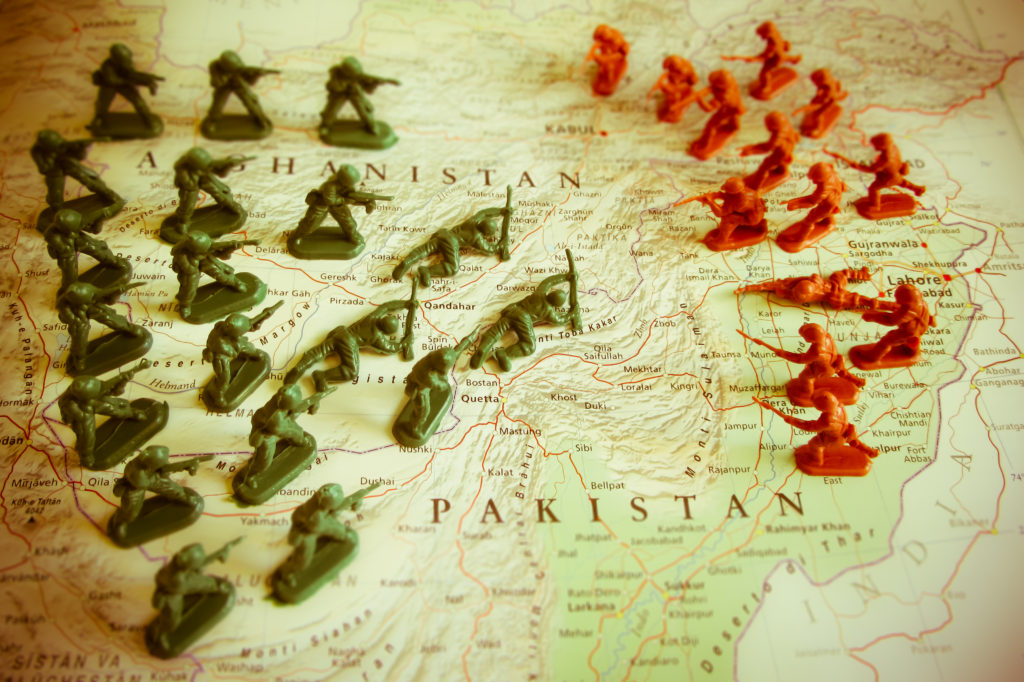The 8 March 2017 attack on Kabul’s Sardar Mohammed Daud Military Hospital by ISIS gunmen and a suicide bomber show that, despite lacking popular support, ISIS remains a significant threat in the region, and are still able to undertake complex attacks and infiltrate secure areas.
The attack itself showed the hallmarks of ISIS’ urban guerilla terrorism, first using a suicide bomber to attack the rear of the facility, which acted as the signal for three gunmen dressed as medical personnel to attack the interior, opening fire and using hand grenades to attack patients and hospital staff, before taking up positions on the upper floor of the hospital. A second and third explosion, one of which appeared to be a car bomb, further complicated the efforts of the Afghan special forces to secure the building.
Especially noteworthy about this attack is not only did ISIS manage to gain access to a military hospital, but that the hospital itself is located in central Kabul, not far from the US, UK and various other embassies, and also not far from the ISAF headquarters.
“In all religions, a hospital is regarded as an immune site and attacking it is attacking the whole of Afghanistan” President Ashraf Ghani said in impromptu remarks during a speech for International Women’s Day in Kabul.
This attack is the latest in a series of bombings, kidnappings and gun attacks by the Afghanistan affiliate of ISIS. In January, gunmen kidnapped teachers and staff from a religious seminary in Nangarhar Province, and in February gunmen shot dead six International Committee of the Red Cross aid workers in Jowzjan Province. February also saw a suicide bomb attack on the Afghanistan Supreme Court, which was subsequently claimed by ISIS
The violence is not just limited to Afghanistan either; the suicide bombing of the Sufi Lal Shabaz Qalander Shrine in Sewhan Sharif was carried out by the group. Abdulkadir Masharipov, the gunman who attacked the Reina nightclub in Istanbul on New Years Eve, is suspected to have trained in Afghanistan as well.
Despite their capability in carrying out attacks, ISIS in Afghanistan command little public support. Their movement consists of former Islamic Movement of Uzbekistan, Taliban and Tehrik-i-Taliban fighters, as well as assorted foreign fighters, and geographically is mostly limited in presence to the so-called N2KL region, the eastern provinces of Nangarhar, Nuristan, Kunar and Laghman. This region, which borders Pakistan, is notoriously lawless, seeing considerable smuggling of arms, narcotics and luxury goods as well as terrorist activity, despite attempts by both Pakistan and Afghanistan to police the region. Activity in other regions appears to be sporadic, and most likely related to logistics for attacks.
Pakistan has said the growing strength of ISIS and the Taliban are signs that “the West” is “losing control” of the security situation in Afghanistan. China and Russia are also concerned about the growing ISIS presence in the region.
Marc Simms is an occasional blogger for Proelium Law LLP. Marc holds a MLitt in Terrorism Studies and a Masters in International Relations, both from St Andrews. His particular interests are in emerging international security issues, unconventional warfare and terrorism.
Need advice?
If you’d like further information, or to discuss working with us, please get in touch






